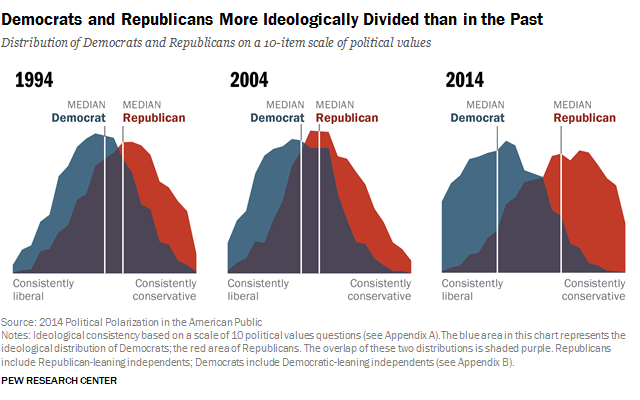The number of people engaged in scientific research has been rising strongly. China reports a tripling of researchers between 1995 and 2008, with substantial growth currently; South Korea doubled the number of researchers between 1995 and 2006 and continues its upward swing. Even the U.S. and Europe have posted gains. The research workforce grew by 36 percent in the U.S. between 1995 and 2007 and by 65 percent in Europe between 1995 and 2010. Exceptions are Japan, which is flat, and Russia, which is down. When it comes to diversity, however, all we have are snapshots. Here are the best ones.
Race and Ethnicity: Most census questionnaires sort their populations by national or ethnic group. Yet definitions vary widely from one country to the next. (South Africa, for instance, has used the mixed-race category “coloured.”) When information is available, it is generally part of broader demographic surveys, not ones focused on science and engineering education or employment. A few countries track minority participation in science-related fields.
Gender: This is the most commonly cited diversity category in relation to science and engineering education and employment, for the simple reason that most nations count men and women (though not transgender individuals). On average, women remain underrepresented in STEM fields. For more on that, see the graphics on Ph.D.s awarded for men versus women on pages below.
Socioeconomic Background: A report made for the British Royal Society recently analyzed data on the U.K.’s science and engineering workforce and found a strong correlation between socioeconomic background and pursuit of a science-related field. “The higher an individual’s socioeconomic background, measured in terms of parental social class or parental education, the more likely they are to work in science.” The link was “so strong that it could be described as a gradient, just as the relationship between socioeconomic background and a child’s educational achievement is often described in the literature as a gradient.”
Disabilities: Comparative data on the representation of people with disabilities are hard to define and thus difficult to measure and compare at a global level. To complicate matters, disabilities can be present at birth or acquired at any point during a person’s lifetime. Regardless of when disabilities were acquired, persons with disabilities are underrepresented in the science and engineering workforce as compared with the population as a whole.
Graphics by Jen Christiansen, Research by Amanda Hobbs
SOURCES: Women, Minorities, and Persons with Disabilities in Science and Engineering: 2013, by National Center for Science and Engineering Statistics. National Science Foundation, 2013 (U.S. demographics, workforce and disability status); Census 2011: Census in Brief. Statistics South Africa, 2012 (South Africa demographics); South African National Survey of Research and Experimental Development: Statistical Report 2011/12. Center for Science, Technology and Innovation Indicators and Human Sciences Research Council, March 2014 (South Africa workforce); Women in Science, UNESCO Institute for Statistics (gender); Leading the Way: Increasing the Diversity of the Science Workforce: Project Two: Exploring the Impact of Socio-Economic Background on Careers in Science, by TBR. the Royal Society, 2013 (socioeconomics)



